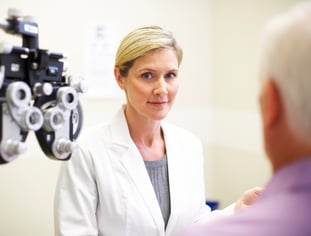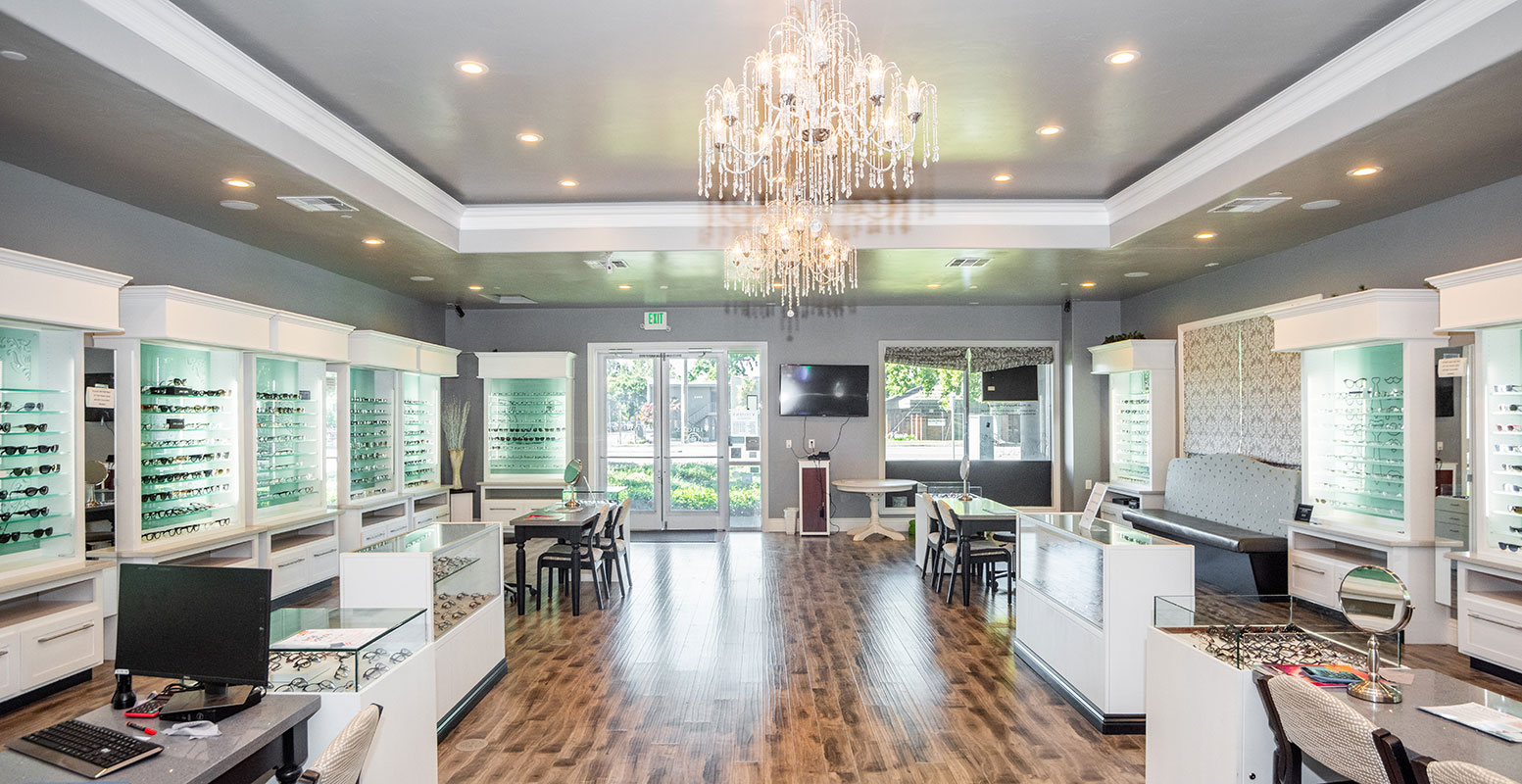Find a Trusted Optometrist Chino for Household Eye Treatment Solutions
Find a Trusted Optometrist Chino for Household Eye Treatment Solutions
Blog Article
Exploring the most recent Technical Advancements in Optometry and What They Mean for Eye Doctors
In the ever-evolving area of optometry, current technological innovations are reshaping just how practitioners approach eye care. From the accuracy of Optical Comprehensibility Tomography to the nuanced understandings supplied by AI-driven diagnostic devices, these technologies are setting brand-new criteria in person analysis and treatment. Teleoptometry is positioned to redefine accessibility, guaranteeing that know-how goes beyond geographical restrictions. As these innovations penetrate the method, eye doctors are faced with the challenge of accepting these devices to improve patient outcomes. Yet, the concern stays: how will these technological changes redefine the functions and responsibilities within the career?
Developments in Diagnostic Tools
Advancing the area of optometry, innovations in diagnostic devices have reinvented the method eye care professionals examine and detect visual problems and eye conditions. The previous decade has actually observed significant technical innovations, allowing more precise and comprehensive evaluations. Optical Comprehensibility Tomography (OCT), for instance, offers high-resolution cross-sectional photos of the retina, permitting the very early discovery of conditions such as glaucoma and age-related macular degeneration. This non-invasive imaging strategy has actually become vital in contemporary optometric practice.
One more secret advancement is the intro of sophisticated corneal topography systems, which map the surface curvature of the cornea with accuracy. These tools are particularly advantageous for suitable call lenses and detecting corneal disorders. Moreover, digital retinal imaging has actually transformed traditional ophthalmoscopy, offering comprehensive, panoramic views of the retina that facilitate extensive aesthetic assessments.
The development of wavefront aberrometry has actually also been critical, enabling the evaluation of refractive errors with unrivaled precision (Optometrist Chino). This technology aids in tailoring corrective lenses and improving medical outcomes for refractive surgical procedures. Jointly, these analysis developments empower optometrists to supply superior patient treatment, making certain early intervention and customized treatment strategies, ultimately improving visual wellness end results
AI in Person Administration
Building on the structure of sophisticated analysis tools, the unification of fabricated knowledge (AI) in person management stands for a transformative leap for optometry. AI systems are increasingly utilized to enhance effectiveness, precision, and personalization in individual care.
Moreover, AI-driven systems assist in structured patient interactions and administrative processes. Automated scheduling, virtual assessments, and customized follow-up strategies not only improve patient complete satisfaction yet additionally optimize time monitoring for specialists. These systems can triage patients based upon the necessity of their conditions, making sure that those in critical need obtain prompt attention.
In addition, AI improves decision-making by supplying optometrists with evidence-based recommendations and therapy pathways. By integrating data from electronic health and wellness documents, AI devices provide insights that inform medical choices, minimizing the danger of mistakes and improving client end results. As AI remains to develop, its role in person administration will likely increase, improving the landscape of optometric treatment.
Advancements in Retinal Imaging
In the world of optometry, retinal imaging has witnessed remarkable technological developments that are improving analysis abilities and person care. Advancements such as Optical Coherence Tomography (OCT) and fundus photography have actually reinvented exactly how eye doctors envision and examine the retina. OCT, specifically, provides high-resolution, cross-sectional photos of the retina, enabling the comprehensive assessment of its layers. This capacity is very useful for early detection and administration of problems like glaucoma, diabetic person retinopathy, and age-related macular degeneration.
Enhanced imaging modalities like OCT angiography are additional refining diagnostic precision. This non-invasive strategy maps blood circulation in the retina, using crucial understandings into vascular health and wellness without the requirement for color shots. In addition, flexible optics modern technology is being incorporated into retinal imaging systems to fix eye aberrations, delivering unprecedented photo quality. Such advancements help with the recognition of minute retinal modifications that can symbolize illness progression.
In addition, improvements in fabricated knowledge are enhancing retinal imaging by allowing automated analysis of big datasets. These systems assist optometrists in identifying patterns a measure of pathology, consequently improving analysis precision and performance. Jointly, these technologies are transforming retinal imaging right into a keystone of contemporary eye treatment, boosting end results and increasing therapeutic possibilities.
Teleoptometry's Expanding Role
Teleoptometry is significantly coming to be a crucial element of eye treatment, driven by innovations in digital communication and diagnostic devices. As optometry welcomes electronic change, teleoptometry facilitates remote appointments, enabling optometrists to prolong their solutions past conventional boundaries. This is especially beneficial in underserved and rural locations where accessibility to specialized eye treatment is frequently minimal. By leveraging high-resolution video clip conferencing and advanced retinal imaging, eye doctors can carry out detailed eye examinations from afar, making certain prompt diagnosis and treatment.
The combination of synthetic intelligence (AI) more enhances teleoptometry, making it possible for the evaluation of visual data and helping in the discovery of eye conditions such as glaucoma and diabetic person retinopathy. AI-powered formulas can rapidly translate you can check here complex imaging data, offering eye doctors with valuable understandings that bolster clinical decision-making.
In addition, teleoptometry supports continuity of treatment via seamless combination with digital health and wellness documents (EHRs), permitting optometrists to keep thorough person histories. This makes certain that patients get tailored and regular treatment also when seeking advice from various professionals.
Despite these advantages, challenges continue to be, including ensuring information protection and handling patient assumptions. Teleoptometry represents a considerable stride in the direction of even more easily accessible, efficient, and patient-centered eye care. As modern technology evolves, its duty is poised to expand even more.

Future Fads in Eye Treatment
A myriad of cutting-edge trends is readied to reshape the future of eye treatment, driven by technical developments and the evolving needs of individuals. One substantial trend is the combination of expert system (AI) in diagnostics, which assures to enhance the accuracy and effectiveness of eye examinations. AI algorithms can analyze large quantities of information from retinal pictures, possibly finding problems like diabetic retinopathy and glaucoma earlier than typical approaches.
Additionally, tailored medication is getting grip in optometry, with hereditary screening informing personalized treatment plans. This method intends to maximize client outcomes by customizing interventions to private genetic profiles. Wearable innovation, such as smart contact lenses, is likewise coming up, supplying real-time surveillance of intraocular pressure or sugar levels, therefore giving continuous understandings into ocular and systemic health and wellness.
The fostering of augmented reality (AR) and online reality (VIRTUAL REALITY) in training and client education is another emerging trend. These innovations supply immersive experiences that can enhance understanding and abilities both for optometrists and patients. As these fads evolve, optometrists need to stay abreast of technological advancements to provide innovative care, making sure better person outcomes and fulfillment in the vibrant landscape of eye care.
Conclusion

Jointly, these analysis advancements encourage optometrists to deliver exceptional individual treatment, making certain early treatment and tailored treatment strategies, eventually improving visual health results.

As these innovations proceed to useful content progress, optometrists have to adapt and include them right into practice, eventually optimizing process performance and elevating the requirement of eye care provided to patients.
Report this page